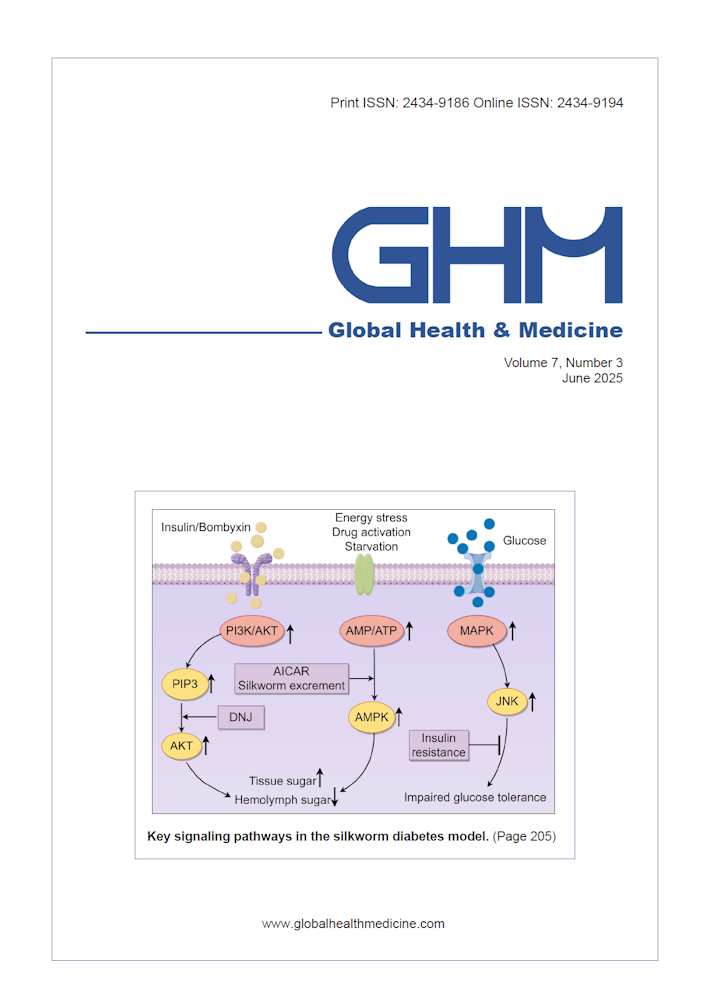Global Health & Medicine 2023;5(5):257-263.
Ageing and shrinking population: The looming demographic challenges of super-aged and super-low fertility society starting from Asia
Nakatani H
The world is generally getting more prosperous and healthier, and people live longer. Japan, with the world's most advanced population ageing, has made various efforts over the past half-century to prepare for the ageing society. Globally, many countries observe today's rapid demographic changes accompanied by low birth rate and start acknowledging population shrinkage as a looming challenge beyond that of population ageing. The world will face dual challenges of population ageing and shrinkage, but these two issues have been considered in isolation. In addition, the progression differs from region to region and country to country, preventing policymakers from taking a futureback approach to address the core challenges. This issue of Global Health & Medicine carries two valuable articles on population ageing and related policies reported by staff members of the WHO Western Pacific Regional Office (WPRO) and the United Nations Population Fund (UNFPA). This paper will consider the importance of ageing and low fertility rate (declining birthrate) as global issues by placing the WHO and UNFPA articles in a broader context. Population ageing and shrinkage overlap and significantly impact society through health issues. Still, the impact on countries, regions, and the world will become obvious with a time lag. Therefore, this paper advocates analyzing and critically reviewing the experience of countries in which demographic changes are already well advanced, and sharing them with the world. This will contribute significantly to those regions and countries that will walk the same path in the future.
DOI: 10.35772/ghm.2023.01057







